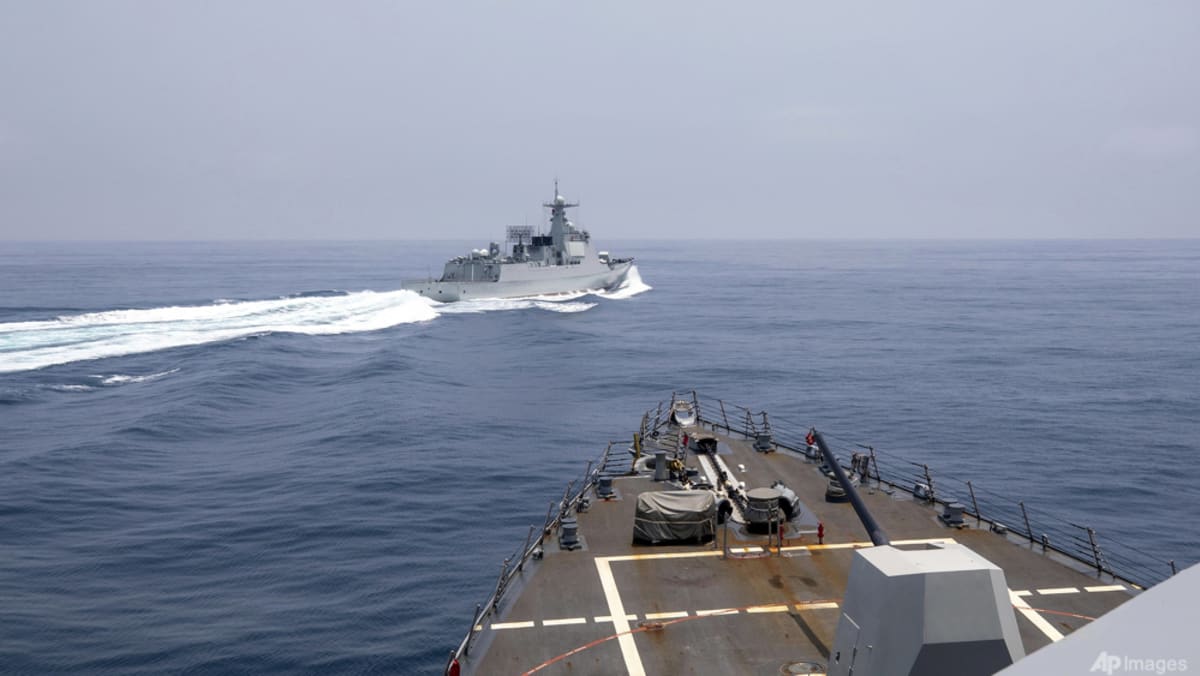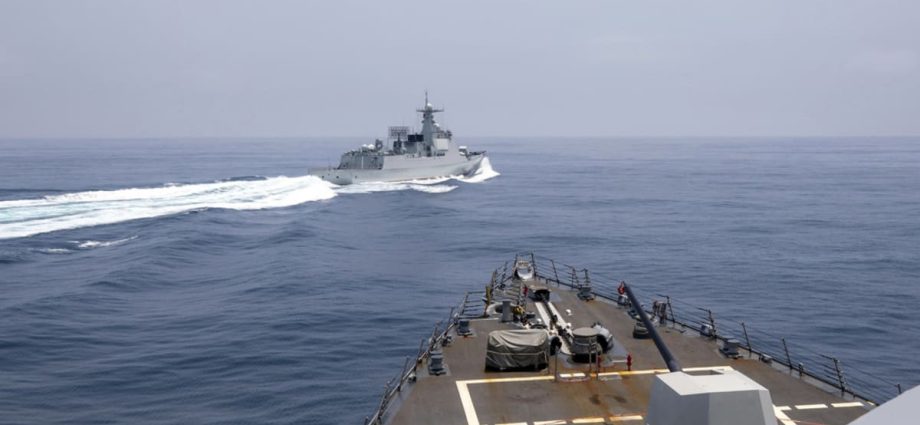
Even allowing for the 12 nautical mile (22km) territorial seas claimed off the Chinese mainland, Taiwan, and adjacent small islands, given the breadth of the Taiwan Strait legally it is one in which there exists either an exclusive economic zone or a high seas corridor.
Unlike Bass Strait, Torres Strait, and the Straits of Malacca and Singapore, the Taiwan Strait is not governed by certain provisions of the 1982 United Nations Convention on the Law of the Sea (UNCLOS) that recognise the right of transit passage through recognised “international straits”.
The Taiwan Strait is so wide that there is no need for passing vessels to enter the territorial sea, and consistent with UNCLOS exclusive economic zone or high seas navigation can safely be undertaken through the middle of the strait.
AN INTERNATIONAL MARITIME HIGHWAY
The strait is therefore effectively a form of international maritime highway because of its breadth. The US position that high seas freedoms of navigation apply in the Taiwan Strait is a view shared by other foreign navies, including Australia.
The so-called maritime “rules of the road” in this instance are embedded in the COLREGS (Collision Regulations), which lay down accepted practices and standards for how all shipping is to conduct itself so as to avoid collisions at sea.
These rules are ones that navies apply and respect during peacetime, and are generally considered to be the baseline standard of professional conduct for all mariners at sea.

